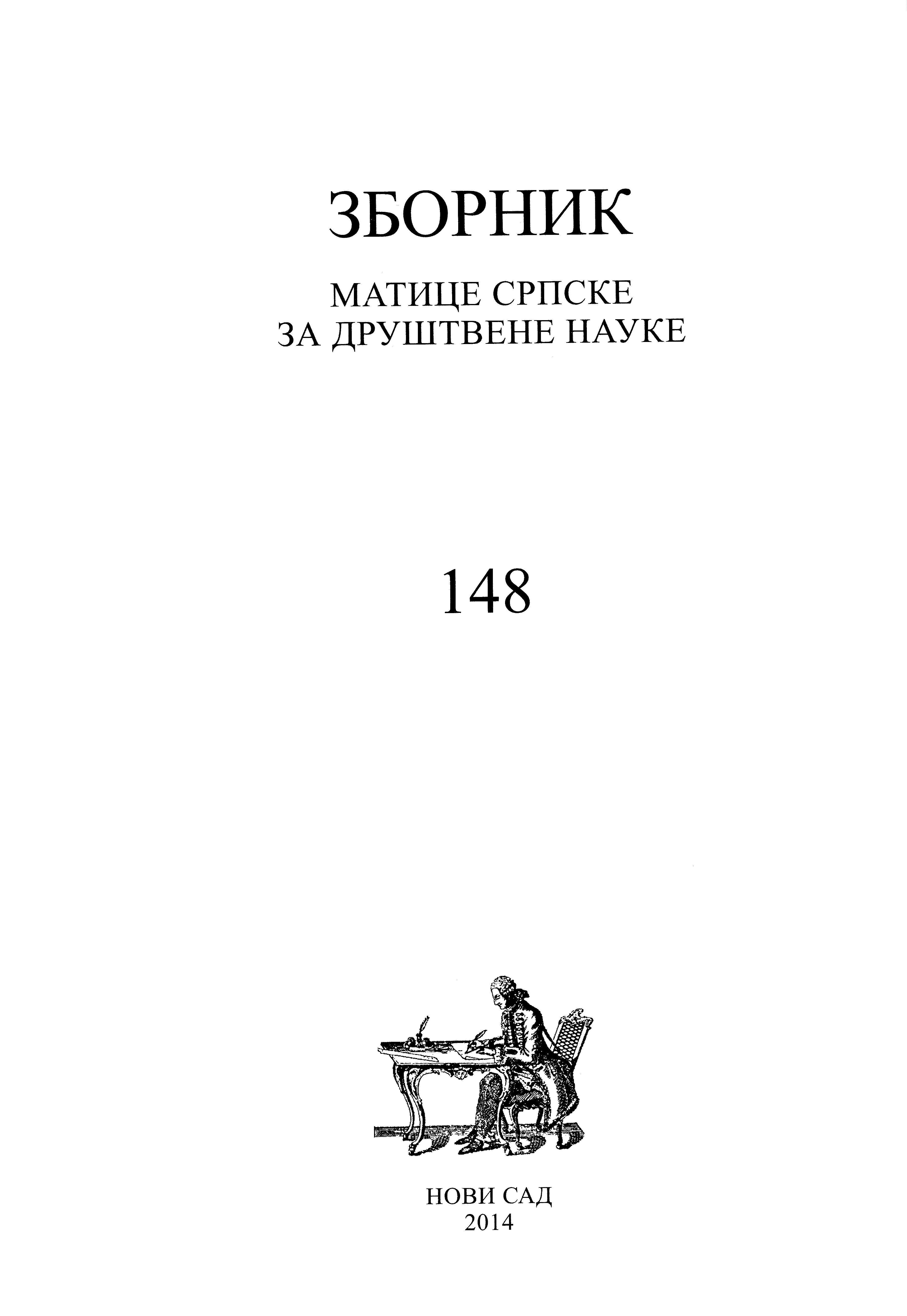Просторна концентрација становништва у Србији 1981–2011. мерена Хуверовим индексом
Spatial Concentration of Population in Serbia 1981–2011 Measured with the Hoover Index
Author(s): Danica ŠantićSubject(s): Human Geography, Demography and human biology
Published by: Матица српска
Keywords: Hoover index of concentration; population; distribution; Serbia
Summary/Abstract: Population distribution reflects the integrity of natural, social, economic and historical factors of the geospace, relevant both for fundamental and applied research. Complex spatial structure of the contemporary distribution of population in the world, and Serbia as well, during history was determined by human migrations of complex scope and determinants. The aim of this paper was to describe and analyze the geographical redistribution of the population by using the Hoover index as a measure of the redistribution. This measure was introduced by Edgar Hoover in 1936 and it has been widely used in geography. By computing this index, we can allocate the region of population concentration and deconcentration in Serbia. General conceptual framework of concentration and dispersion of population at different geographical levels is presented here. These differences in the achieved level of concentration in Serbia are correlated with the historical development of population, transition from an agrarian into industrial society, and process of urbanization and migration in the last sixty years.
Journal: Зборник Матице српске за друштвене науке
- Issue Year: 2014
- Issue No: 148
- Page Range: 461-470
- Page Count: 10
- Language: English

